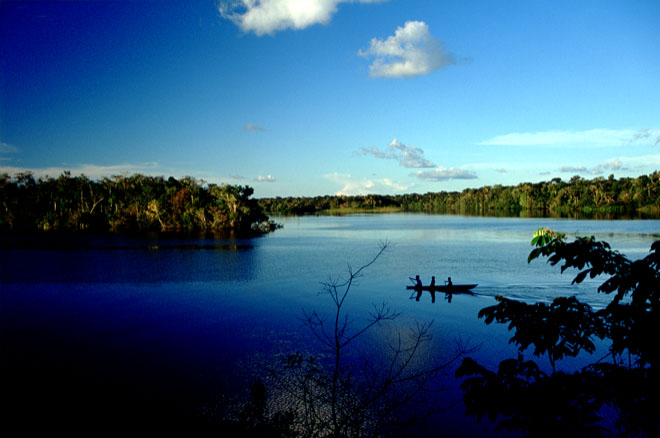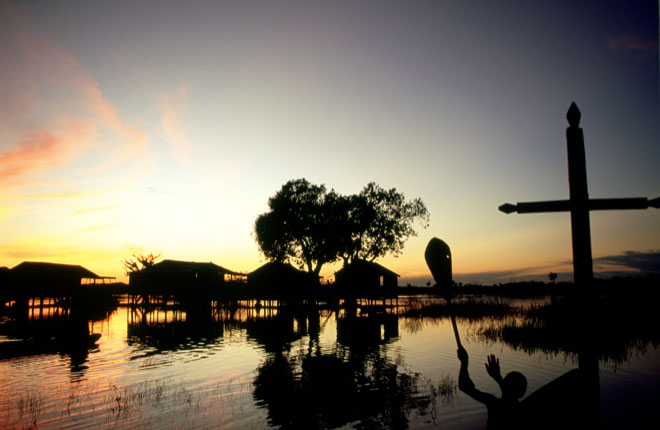



The National System of Protected Areas Act, enacted in July of 2000, established the Conservation Mosaic Approach. Mosaics are a “set of Conservation Units (UC) of equal or different category that are close, adjoining or overlapping, and other public or private protected areas” that are managed in an integrated manner, according to the goals of each UC.
To address the challenge of managing socio-environmental conflicts and optimizing human, financial, and material resources, the Bajo Río Negro Conservation Mosaic was established in 2010, with a total area of 7,329,220 hectares, and integrated by 11 UC, among them the Jaú National Park and the Unini RESEX. The implementation of this approach prioritizes conservation processes for larger areas, which allows for landscape integrated management of areas along the Jaú and Unini rivers to the north, and the Bajo Río Negro to the south of the mosaic. By viewing the protected areas like parts of a larger unit, functional and interconnected, it was necessary to include a participatory methodology in the design of management plans, that encouraged the participation of multiple actors in the decision-making process related to the administration of the territory and its natural resources.
- The Conservation Mosaic management approach enables the integration of multiple actors and opportunities of technical and financial assistance for territorial management.
- Linkage of efforts in areas with a shared territorial identity, to achieve a common goal of conservation and sustainable management of natural resources.
- Institutionalization of an Advisory Council as a mobilizing force in the area.
- Strategy planning at a landscape scale.
The key elements for the integrated landsape management included the implementation of an Action Plan for the mosaic, the creation of an Advisory Council to support decision-making, the development of participatory methodologies for zoning community use and subsistance areas, and the strengthening of local capacities through training processes for natural resources management, sustainable agriculture, tourism, and rights and obligations of the local communities.
The benefits of integrated management are: resource optimization; integrated landscape planning; coordinating protection activities; environmental education, monitoring and awareness in the region; the possibility of developing an integrated territorial identity based on the characteristics of the region; the development of unified strategies for the valorization of products for communities around and inside the conservation units; and the facilitation of agreements and conflict resolution.